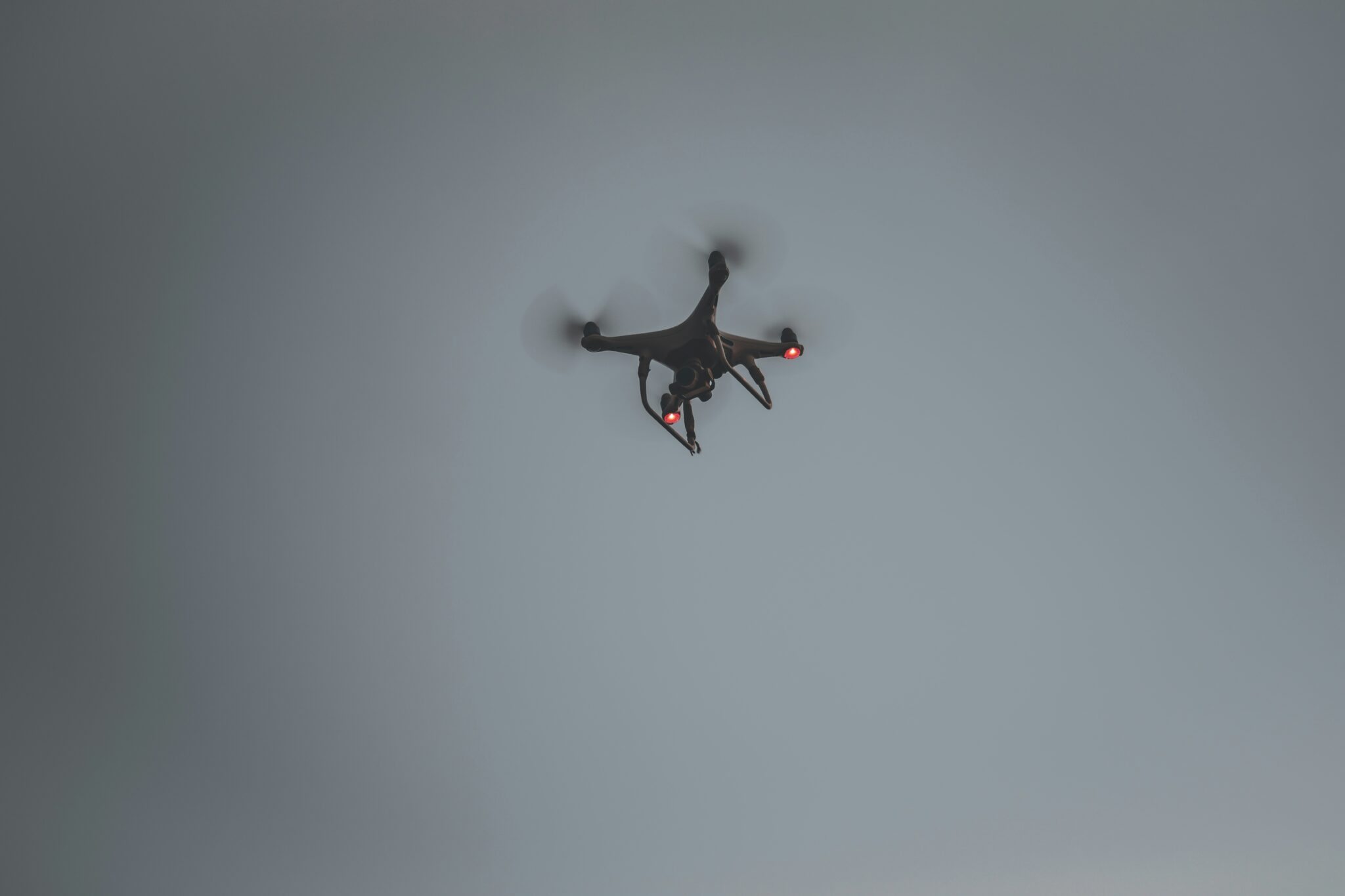Rainmaker Technology’s bid to use small drones for cloud-seeding operations is facing pushback from the Air Line Pilots Association (ALPA), which urged the Federal Aviation Administration (FAA) to reject the request unless stricter safety standards are applied.
The FAA’s decision will shape how regulators view weather modification through unmanned aerial systems. Rainmaker’s approach relies on its Elijah quadcopter, designed to deploy flares that release silver iodide particles into clouds to stimulate precipitation.
In its petition, Rainmaker asked for an exemption from rules barring drones from carrying hazardous materials. The FAA responded with a request for more details about operations and safety protocols. ALPA has argued that Rainmaker’s proposal fails to demonstrate adequate safety, warning of risks from debris, fire, and unclear flight parameters.
Rainmaker CEO Augustus Doricko countered that the objections are based only on public filings, while confidential documents submitted to the FAA outline detailed safety measures, including altitude restrictions and coordination with air traffic control. “Our operations are designed to be safe, controlled, and limited to rural areas with local aviation authority approval,” Doricko said.
The union also raised concerns about the flares themselves, but Rainmaker argues that studies by federal and state agencies have found no environmental harm from cloud-seeding over the past 70 years. Sam Kim, Rainmaker’s aviation regulatory manager, emphasized that flare use is limited to research flights, with the company’s long-term goal being a proprietary aerosol system that would phase out flares entirely.
Cloud seeding has been practiced since the 1950s, typically with crewed aircraft flying over mountains and water basins to boost snowfall and improve water supplies. By replacing pilots with drones, Rainmaker says its method could ultimately be safer and more efficient.
Related: JetBlue picks Amazon’s Project Kuiper for free in-flight Wi-Fi
What happens next depends on whether the FAA finds Rainmaker’s mitigations sufficient. Whatever the outcome, the ruling will set a precedent for the role of drones in weather modification and atmospheric research.





